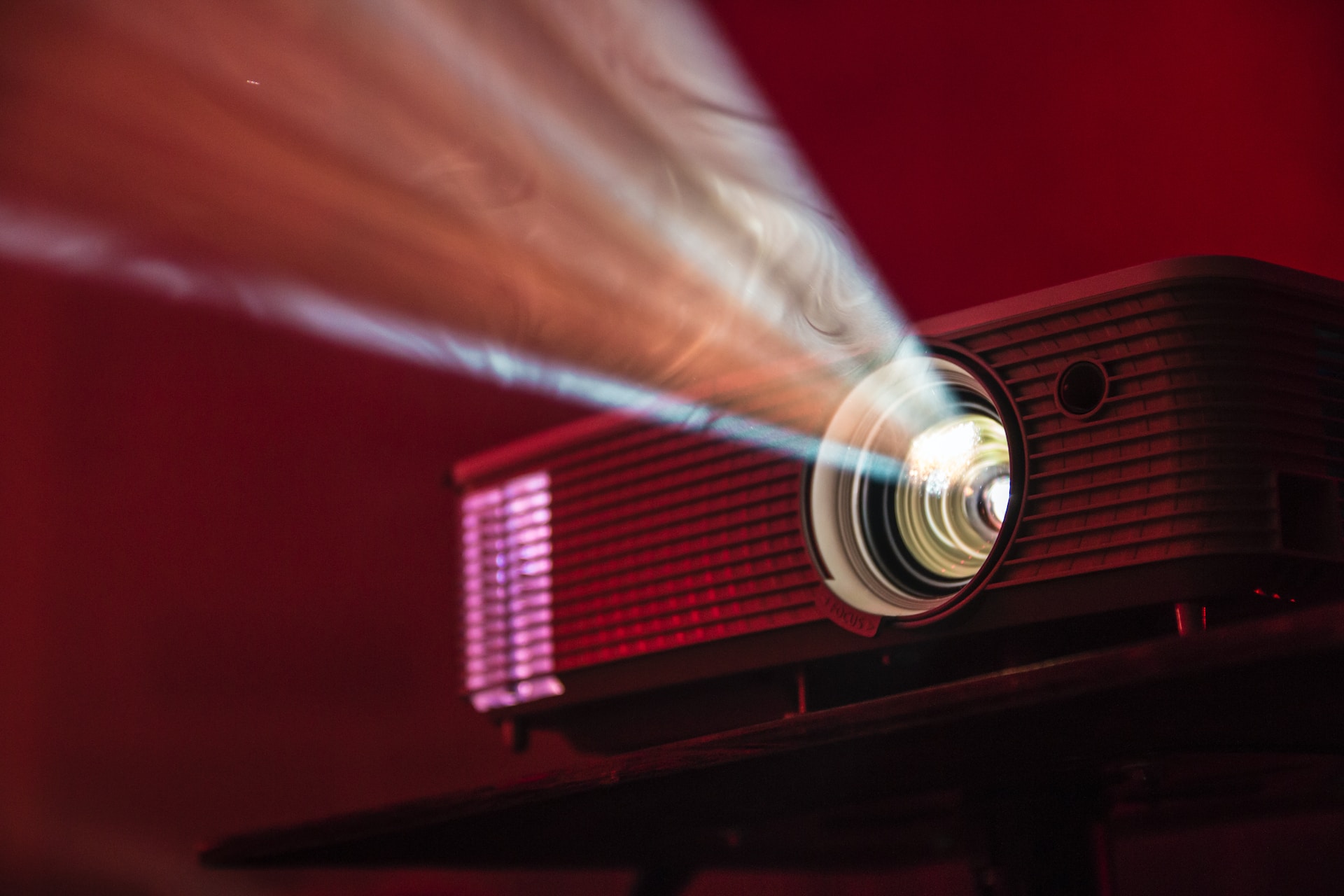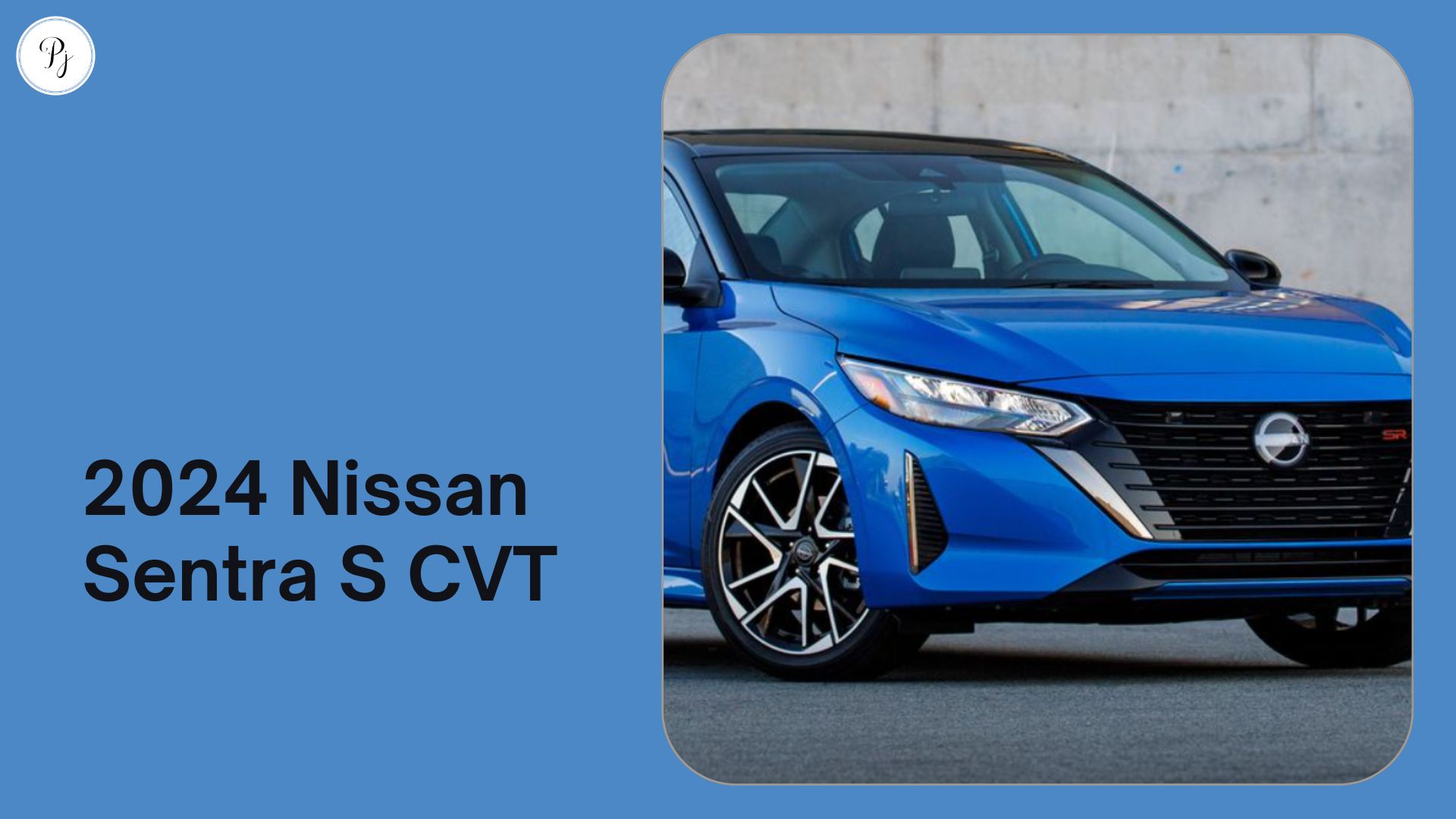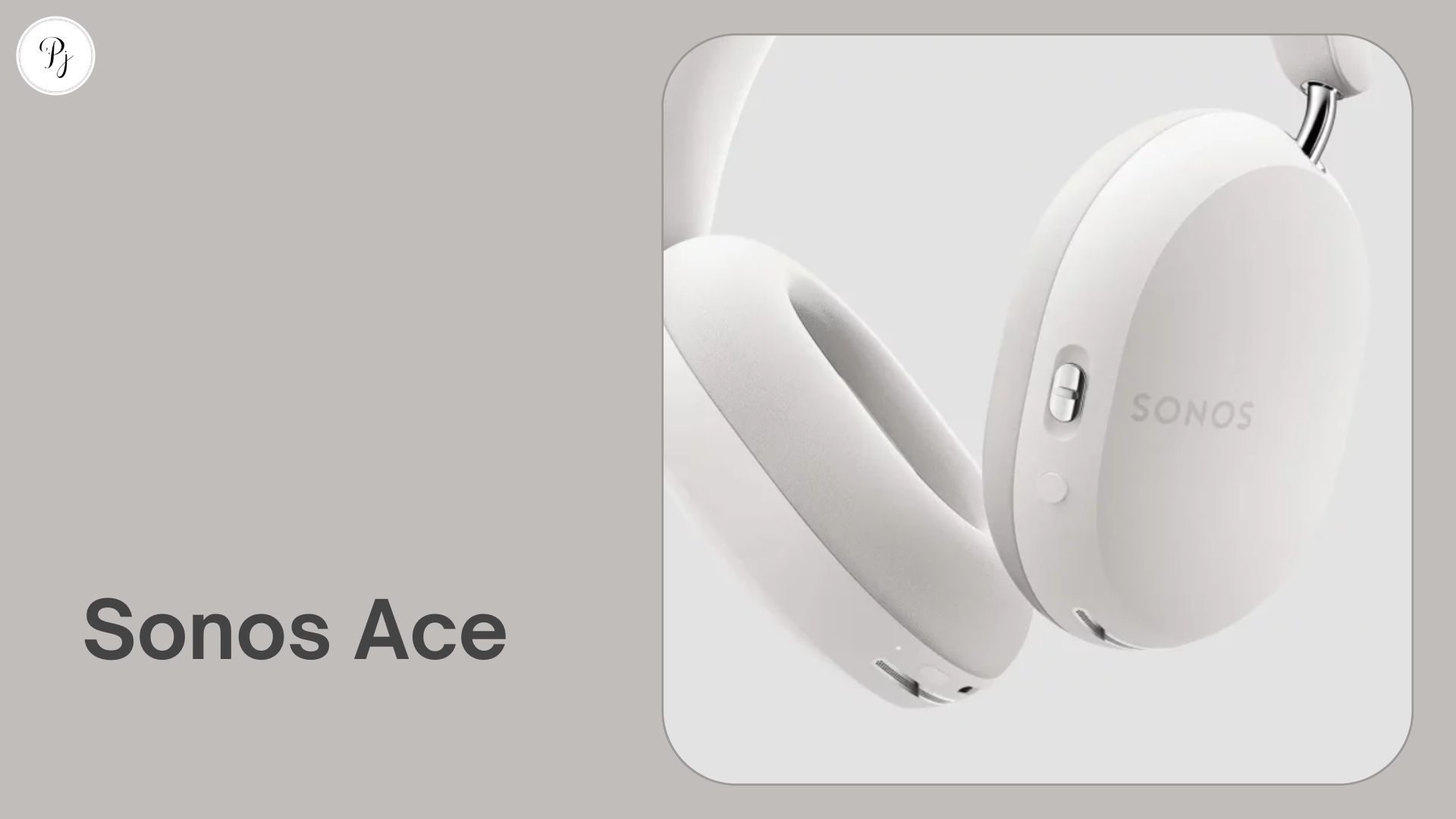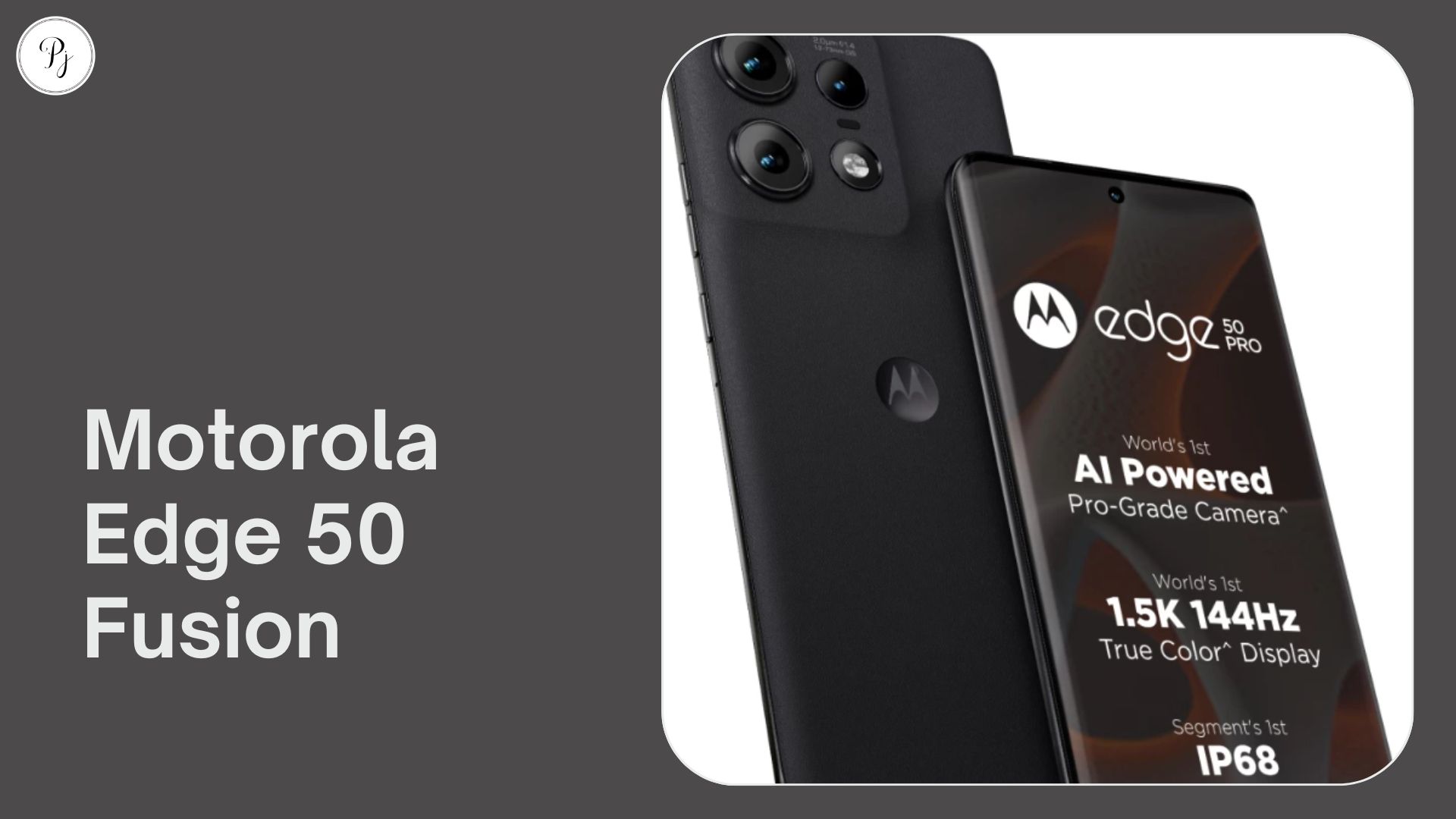Are you looking for a device that can project images, videos, and other content from a source onto a large screen or wall? If yes, then you may want to consider buying a multimedia projector. Multimedia projectors are widely used for various purposes, such as home entertainment, business presentations, education, gaming, and more. They come in different types, sizes, features, and prices, depending on your needs and preferences. In this article, we will help you find the best multimedia projector for your home or work. We will cover the following topics:
- Benefits of Multimedia Projector
- Trends of Multimedia Projector
- Tips for Choosing Multimedia Projector
Benefits of Multimedia Projector
Multimedia projectors have many advantages over TVs and monitors. Here are some of the benefits of using a multimedia projector:
-
Screen Customization
You can adjust the screen size and shape of your projector according to your space and viewing distance. Unlike TVs, projectors can create large images up to 150 inches or more, which can enhance your visual experience and immersion. You can also use different types of screens or surfaces for your projector, such as white or black paint, projector screens, or even interactive floors.
-
Eye Comfort
Projectors are gentler on your eyes than TVs, as they do not emit blue light that can damage your retina and lens. Projectors also project indirect light that is less harsh than direct light from TVs. Moreover, larger screens can reduce eye strain, as you do not need to focus too hard to see the details.
-
Compact and Portable
Most projectors are lightweight and easy to carry around, especially the portable ones that have built-in batteries and speakers. You can use them anywhere you have a power outlet and a suitable surface to project on. You can also connect them to various devices, such as laptops, smartphones, tablets, gaming consoles, etc., via HDMI ports, Wi-Fi, Bluetooth, or AirPlay.
-
Smart Features
Many projectors have smart features that can enhance your convenience and enjoyment. For example, some projectors have smart TV features that allow you to access streaming services, apps, games, and more. Some projectors have remote controls that let you adjust the focus, zoom, keystone correction, and other settings. Some projectors have vertical and horizontal lens shifts that enable you to position the image without moving the projector. Some projectors even have voice control that lets you operate them with simple commands.
Trends in Multimedia Projectors
Multimedia projectors are constantly evolving with new technologies and innovations. Here are some of the latest trends in multimedia projectors:
-
4K Resolution
4K resolution is becoming more popular and affordable for multimedia projectors. 4K resolution refers to the number of pixels in an image, which is four times higher than 1080p resolution. This means that 4K projectors can produce sharper and clearer images with more details and colors. Some of the best 4K projectors in the market are:
| Model | Price | Brightness | Contrast | Features |
|---|---|---|---|---|
| XGIMI Horizon Ultra | $2,999 | 2,200 ANSI lumens | 10,000:1 | Android TV 10.0; Harman Kardon speakers; Auto focus; Auto keystone correction |
| LG CineBeam HU810PW | $2,999 | 2,700 ANSI lumens | 1 million:1 (dynamic) | WebOS 5.0; Adaptive Picture Pro; Iris Mode; HDR10 Pro; HLG |
| BenQ W4000i | $1,999 | 3,000 ANSI lumens | 30:000:1 (dynamic) | Android TV; Filmmaker Mode; HDR Pro; CinemaMaster Audio+3 |
| Samsung The Premiere Projector 120″ | $3,499 | 2,800 ANSI lumens | N/A | Smart TV powered by Tizen; Ultra Short Throw; Built-in woofer |
-
Laser Light Source
Laser light source is another emerging technology for multimedia projectors. Laser light source uses lasers to create light instead of traditional lamps that have limited lifespan and brightness. Laser light sources can offer many benefits, such as longer lamp life (up to 20,000 hours or more), higher brightness (up to 3,000 lumens or more), wider color gamut (up to 107% of Rec.2020), lower power consumption (up to 50% less), and instant on/off function. Some of the best laser projectors in the market are:
| Model | Price | Brightness | Contrast | Features |
|---|---|---|---|---|
| AWOL Vision LTV-2500+ | $1,999 | 2,500 ANSI lumens | 10,000:1 | Android TV; Ultra Short Throw; 3D Ready; Built-in subwoofer |
| Hisense L9H TriChroma Laser TV | $5,499 | 3,000 ANSI lumens | N/A | Android TV; Ultra Short Throw; 3-Laser Light Engine; HDR10+; Dolby Vision |
| LG ProBeam BU60PSM | $2,999 | 6,000 ANSI lumens | 3 million:1 (dynamic) | WebOS 4.5; HDR10; HLG; Wireless Mirroring; IP Control |
| Optoma CinemaX Pro | $3,999 | 3,500 ANSI lumens | 2 million:1 (dynamic) | Smart+ Technology; Ultra Short Throw; HDR10; HLG; PureMotion |
-
Short Throw Projection
Short throw projection is another trend that is gaining popularity for multimedia projectors. Short-throw projection refers to the ability of a projector to create large images from a short distance (less than 4 feet) from the screen or wall. This can save space and avoid shadows or glare from people or objects in front of the projector. Some of the best short-throw projectors in the market are:
| Model | Price | Brightness | Contrast | Features |
|---|---|---|---|---|
| LG CineBeam HU710P | $1,799 | 2,700 ANSI lumens | 150,000:1 (dynamic) | WebOS 5.0; HDR10 Pro; HLG Pro; TruMotion |
| BenQ TK700STi | $1,699 | 3,000 ANSI lumens | 10,000:1 (dynamic) | Android TV; Low Input Lag (16ms); HDR10/HDR10+; HLG |
| Vava Chroma | $2,799 | 2,500 ANSI lumens | N/A | Android TV; Ultra Short Throw; RGB Laser Light Source; HDR10/HDR10+ |
| XGIMI Elfin | $649 | 800 ANSI lumens | N/A | Android TV 10.0; Auto focus; Auto keystone correction |
Tips for Choosing a Multimedia Projector
If you are looking for a multimedia projector for your home or work, here are some tips to help you choose the right one:
-
Consider Your Purpose
The first thing you need to consider is your purpose for using a multimedia projector. Different purposes may require different types of projectors with different features and performance. For example, if you want a projector for home entertainment, you may want a 4K projector with high brightness, contrast, and color accuracy. If you want a projector for business presentations, you may want a portable projector with high resolution, low noise, and wireless connectivity. If you want a projector for education, you may want an interactive projector with touch or pen input, annotation, and collaboration functions.
-
Compare Projector Specs and Features
The next thing you need to do is compare the specs and features of different projectors that suit your purpose. You can use online tools like Versus or Projector Central to compare projectors by various criteria, such as resolution, brightness, contrast, lamp life, noise, connectivity, features, etc. You can also read reviews and ratings from experts and users to get more insights and feedback on the projectors you are interested in.
-
Test the Projector Before Buying
The last thing you need to do is test the projector before buying it. You can visit a local store or showroom that has the projector you want and see how it performs in person. You can check the image quality, brightness, color, sound, focus, zoom, keystone correction, lens shift, etc. You can also bring your content and devices to test the compatibility and functionality of the projector. You can also ask questions and get advice from the staff or salesperson.
Conclusion
Multimedia projectors are amazing devices that can transform your home or work into a cinema or a classroom. They have many benefits, such as screen customization, eye comfort, compactness, portability, and smart features. They also have many trends, such as 4K resolution, laser light source, and short-throw projection. They also have many tips for choosing the right one, such as considering your purpose, comparing specs and features, and testing before buying. With this information and tips, you can find the best multimedia projector for your needs and preferences.
Happy projecting!





